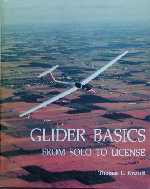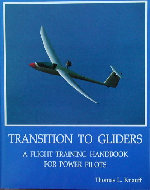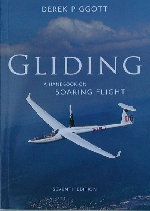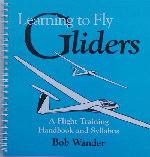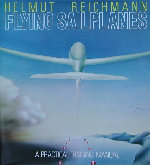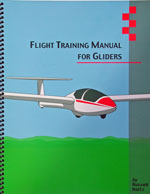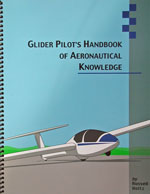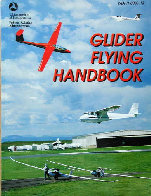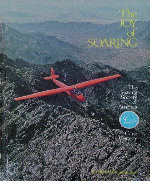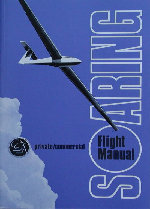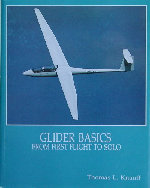
Glider Basics - Thomas Knauff
After Solo (see text) - Thomas Knauff
Note that these 2 books are considered to be required reading by GBSC students
Tom Knauff is a well known and highly regarded glider
instructor. He is also an excellent soaring pilot, being the first person in
the United States to fly 750 and 1000 km triangles.
The writing style is clear and follows a logical progression with the next
lesson building on the previous. At the end of each chapter is a short
written test (with answers near the end of the book) that allows the student
to check his comprehension. In no way are these written tests designed to substitute for the
FAA written (now called "knowledge") tests. The books are illustrated with
numerous simple but effective diagrams. Those students wishing for lots of
photographs may be disappointed because there's only one photo (full page)
at the beginning of each chapter.
Tom takes advantage of the 2 volume approach. For instance, in book 1 he
discusses the basics of thermalling without dwelling on much detail but
enough to get you started. Greater detail comes in the second book when the
student is expected to have been soloing for a while.
The books have a reasonable glossary of terms (a must for a primary
instruction book, in my opinion), appendices covering the soaring badges (A,
B, C, bronze,) and the FAI soaring awards (silver, gold, and diamond). The
bibliography is a bit light and a significant number of books recommended
for further reading are by the author. This a minor nit but he could have
done a little better. Sadly lacking are any references to ground launch
procedures. Those wishing to learn about winch or auto tows will have to
look elsewhere.
NOTE These books are out in a new edition and there has been a title
change. The second book is now called After Solo.
